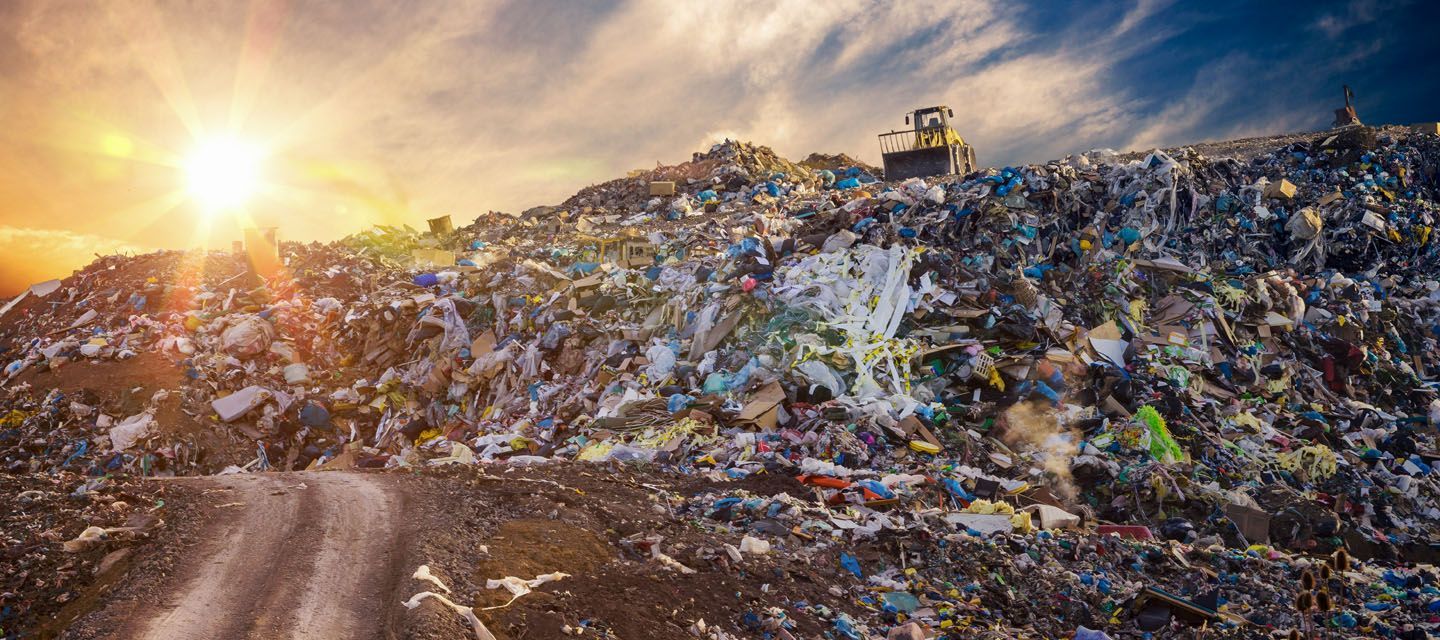The Strategic Advantage of External Asbestos Audits: Enhancing Compliance and Safety for Licensed Asbestos Removal Contractors (LARCs)
Audit insights are invaluable in refining operational strategies and enhancing overall safety protocols

Introduction
Asbestos, a hazardous material once widely used in construction, poses significant health risks during its removal and disposal. Licensed Asbestos Removal Contractors (LARCs) in the UK are under stringent Health and Safety Executive (HSE) regulations to manage these risks effectively. A critical aspect of demonstrating compliance and ensuring safety is the implementation of robust external auditing regimes. These audits not only fulfil HSE expectations but also streamline processes such as license renewals and continual improvements. This article delves into the strategic benefits of external audits specifically tailored for LARCs, emphasising how they enhance compliance and operational efficacy.
Understanding External Asbestos Audits
External asbestos removal audits are comprehensive evaluations conducted by independent specialists to assess the compliance of LARCs with health and safety regulations. These audits scrutinise various facets of asbestos removal—ranging from the initial risk assessment and removal procedures to the final disposal and all associated documentation. The goal is to ensure that all operations adhere to the stringent standards set forth by the HSE, thereby safeguarding both worker safety and public health.
Strategic Advantages of External Audits
Enhanced Detection of Non-Compliance Issues
External auditors bring an impartial perspective that can uncover compliance gaps which might be overlooked by internal teams accustomed to daily operations. This fresh set of eyes helps in identifying subtle non-conformances that could escalate into significant issues if unchecked.
Expert Insights and Recommendations
Good external auditors are not just faultfinders but also valuable advisors. With their deep expertise in asbestos removal and regulatory requirements, they provide actionable recommendations that align with best practices and legal standards. Their insights are invaluable in refining operational strategies and enhancing overall safety protocols.
Keeping Up with Regulatory Changes
Asbestos removal guidance and regulations are subject to regular updates as new health information and removal technologies emerge. Our auditors stay abreast of these changes, ensuring that LARCs can quickly adapt to new requirements without jeopardising compliance. With auditors who regularly audit LARCs for the key trade associations to the asbestos industry including ACAD and ASESA, our auditors are only ever 1 level removed from the HSE’s Asbestos Network Committee and Asbestos Working Group Committee, sometimes even being directly involved in the development of new and revised guidance.
Benefits of External Audits in Asbestos Management
Improving Safety Standards
The primary benefit of external audits is the elevation of safety and quality standards. By ensuring that all operations comply with the highest safety norms, LARCs can protect their workforce and mitigate risks associated with safety shortfalls and asbestos exposure.
Cost Effectiveness
External audits are a cost-effective solution for managing compliance. By preventing non-compliance, LARCs can avoid hefty fines and legal costs. Furthermore, these audits simplify the license renewal process, reducing the man-hours and administrative efforts typically required.
Building Stakeholder Confidence
By regularly engaging in external audits, LARCs demonstrate their commitment to continual improvement, safety and compliance, thereby building confidence among clients, regulatory bodies, and the public. This trust is crucial for maintaining a reputable business standing and securing ongoing contracts.
Implementing External Audits
To integrate external audits effectively, LARCs should start by selecting a qualified and experienced auditing firm that specialises in asbestos removal. Ideally they should have extensive experience directly in asbestos removal and not just a superficial understanding of the complexities associated with this extremely challenging task. Typically, analytical companies don’t have this level of understanding and whilst having a thorough and in-depth knowledge of the end result, rarely have the knowledge or experience to fully comprehend the journey to achieving it.
Preparing for an audit involves organising documentation, briefing staff, and supporting the auditors to ensure they have full access to necessary information and sites.
Whilst everyone wants to score the perfect audit, it’s the less than perfect audits that carry the most value for a client with a genuine commitment to continual improvement. It’s these audits that provide the feedback needed to make the necessary changes to systems, processes or individuals skills and knowledge to actually get better.
Case Studies
A compelling case study involves one of our clients who, with our support, renewed their license without a single question raised by the HSE. The new license was granted within just two weeks of submission. This was despite some less than perfect HSE site inspections detailed on their COIN record. Our role was critical in carefully vetting and restructuring their responses to ensure they met all regulatory requirements and addressed the points raised during the site visits, with precision and clarity. This not only facilitated a smooth renewal process but also exemplified the value of having robust external audit support.
Conclusion
The strategic implementation of external asbestos audits offers multiple benefits for LARCs, from enhancing safety standards to streamlining regulatory processes. These audits serve as a critical tool in not just meeting but exceeding HSE expectations, ensuring that non-conformances are addressed proactively before they escalate into significant issues. As the asbestos removal industry continues to evolve, the role of external audits in maintaining compliance and leading industry practices becomes increasingly indispensable.
Call to Action
For LARCs aiming to enhance their compliance strategies and streamline their operational processes, investing in external asbestos audits is a prudent step forward. Contact us today to learn more about how our specialised quality and auditing services can help you stay ahead of compliance challenges and maintain your license efficiently and effectively.









